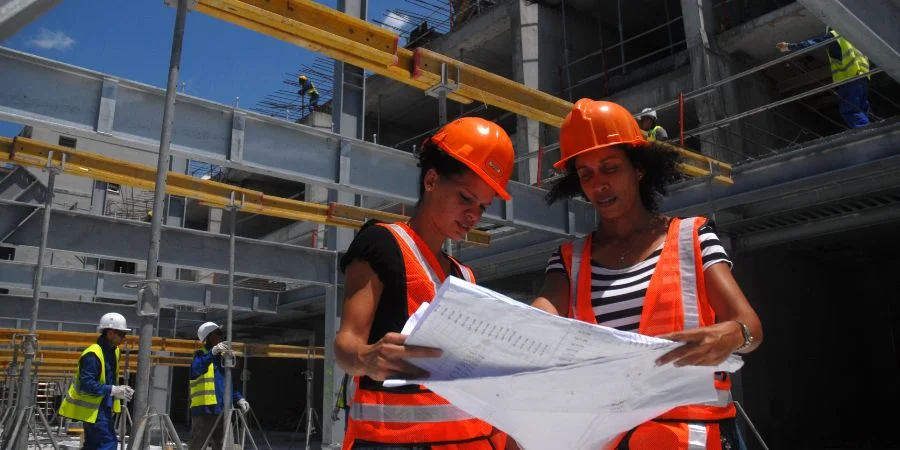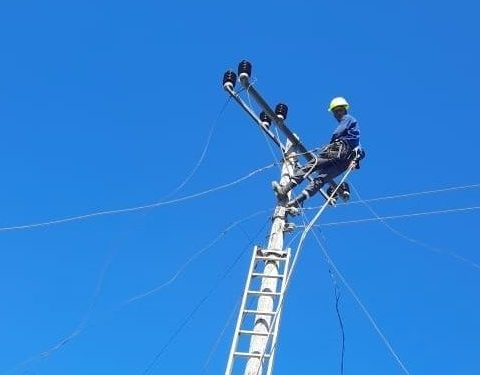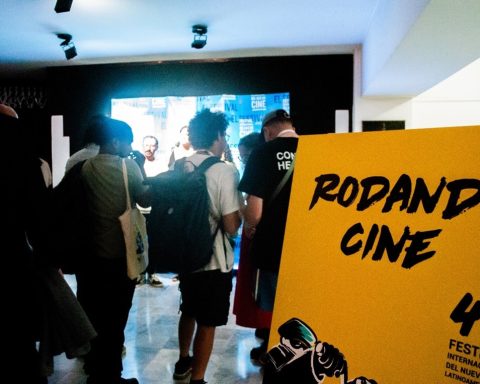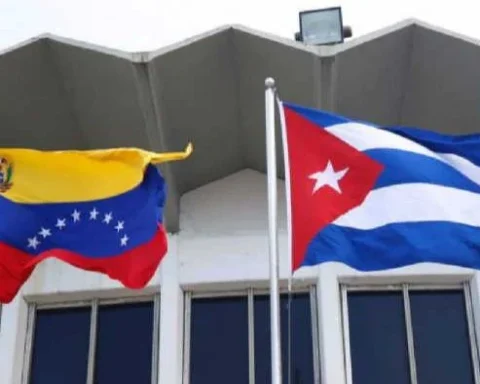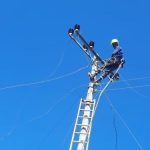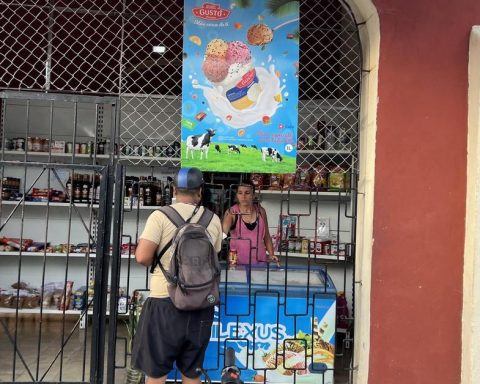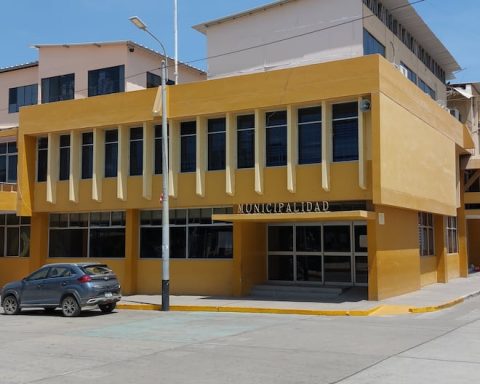Miami, United States. – Although the average salary of Cuban state workers rose 25.6% in 2024, this increase was insufficient to cover the minimum needs of the population, according to official figures and independent analysis.
The average income, according to data from the National Office of Statistics and Information (ONEI) cited by the EFE agencywas 5,839 pesos per month (equivalent to $ 48.6 to the official change and 16 to informal change), which keeps millions of Cubans below the subsistence threshold.
Although the interannual inflation of the formal market stood at 24.88% (also according to official data), the apparent increase in purchasing power was lower than a percentage point. On the other hand, this figure does not reflect the behavior of the informal market, where prices are much higher and where a good part of everyday transactions on the island are performed.
According to calculations from the independent economist Omar Everleny Pérezbased on official data, “just over four average salaries would be needed to cover the amount that a family nucleus of two people would require to acquire a basic basket of 17 food products, even counting those subsidized by the ration book.”
The disparity between income and prices is even more pronounced if the informal market is considered. For example, in some private stores in Havana, a cardboard of 30 eggs can reach 3,500 pesos, which is equivalent to about 29 dollars, more than half of the average monthly salary.
The ONEI report also revealed strong inequalities between sectors and provinces. The workers of the gas, water and electricity sector received the highest income (9,317 pesos per month, or $ 77.6 according to the official change), while those who serve in communal services and associations earned only 4,033 pesos ($ 33.6) on average. In strategic sectors such as health and education, income averaged 6,154 pesos (51.2 dollars) and 5,451 pesos ($ 45.4), respectively.
In geographical terms, Havana was the province with the highest average income (6,449 pesos, or 53.7 dollars), while Santiago de Cuba, the second most important city in the country, was located in the last place with 5,123 pesos (42.7 dollars).
Meanwhile, formal inflation has maintained a descending trend in recent months, with an interannual rate of 20.62% in March 2025, the lowest in years. However, the consumer price index (CPI) has tripled since 2020, when an inflationary spiral marked by a failed monetary reform, the global health crisis and an adverse political context began.
According to the ONEI, more than 90% of the income of Cubans are allocated to the acquisition of articles of the basic basket. Price increases mainly affect items such as alcoholic beverages and tobacco (177.33%), restaurants and hotels (27.25%), and non -alcoholic food and drinks (19.42%). Only categories directly controlled by the State – as health (0.76%) and communications (0.61%) – showed marginal increases.
Despite the government’s attempts to highlight an improvement in economic indicators, the generalized perception among citizens is that real inflation is much higher than what the official data reflects, especially in the black market, where products that are not available in the state system are achieved.
The Cuban economy remains in a structural crisis aggravated by pandemic, the resurgence of US sanctions and the deficiencies of its centralized economic model. The shortage of food, medicines and fuel, added to a growing dollarization and frequent blackouts, has caused a marked deterioration in living conditions.
